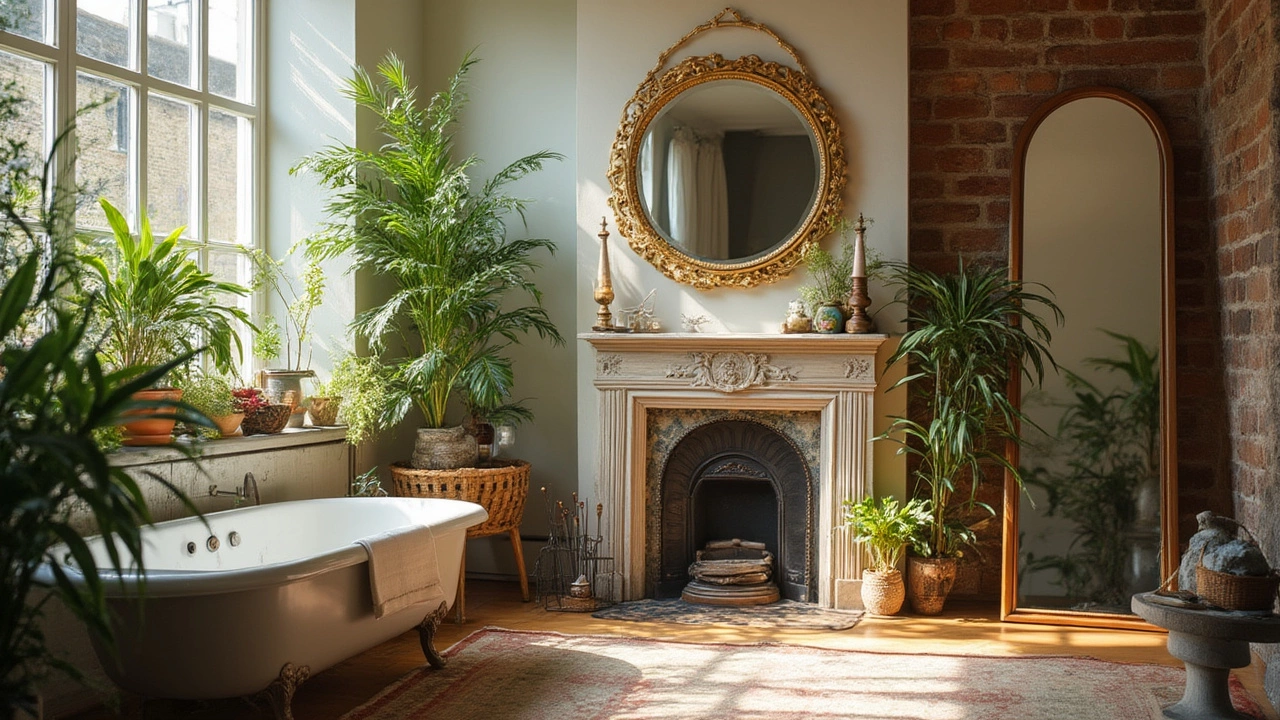Bathroom Mirrors: Eco‑Friendly Picks & Practical Buying Guide
Thinking about a new mirror for your bathroom? You don’t have to sacrifice style for sustainability. A good mirror can brighten a space, make the room feel larger, and add a touch of calm – all while being kind to the planet. Below are the key things to look for, how to choose the right size, and which green materials score the best.
How to Choose the Right Mirror for Your Bathroom
First, measure the wall space you have. Most people aim for a mirror that’s at least as wide as the sink vanity, but you can go bigger if you want that spa‑like effect. When you’re measuring, think about the height of the mirror too – it should sit around eye level for the average user, typically 40‑45 inches from the floor.
Next, decide on the shape. Rectangular mirrors are classic and fit most vanities, while round or oval mirrors soften a modern bathroom. If you have a small bathroom, a vertical rectangle can make the walls appear taller. For a larger room, a wide horizontal mirror can stretch the space.
Don’t forget the mounting method. Frameless mirrors are easy to clean and often use less material, but a simple wooden frame made from reclaimed wood can add warmth and still be eco‑friendly. Look for mounts that use recycled metal or plastic‑free screws.
Eco‑Friendly Materials and Care
Look for mirrors that use low‑iron glass. This type of glass gives a clearer reflection and is made with less lead, reducing environmental impact. Some brands also offer mirrors with a recycled glass core – the same look, but with a smaller carbon footprint.
Frames matter too. Sustainable options include bamboo, reclaimed oak, or recycled aluminum. Bamboo grows fast and needs little water, making it a top pick for green homes. If you choose reclaimed wood, you’re giving old material a new life, which cuts down on waste.
Cleaning your mirror the right way helps it last longer. Skip harsh chemicals; a mix of equal parts water and white vinegar works wonders. Spray the solution on a soft microfiber cloth, not directly on the glass, to avoid streaks. Wipe in a circular motion and let it air dry.
Finally, consider the end‑of‑life plan. Some manufacturers offer take‑back programs where they recycle the glass and frame when you’re ready for an upgrade. Check the product page or ask the retailer about recycling options.
With these simple steps, you can pick a bathroom mirror that looks great, works well, and aligns with your eco values. A thoughtful mirror not only upgrades your bathroom’s look but also supports a greener home – a win‑win for you and the planet.
-

Best Mirrors for Every Room: Choosing the Right Type for Your Space
Discover which type of mirror fits your room and lifestyle, from bathroom must-haves to decorative wall mirrors, with practical tips for style and function.
